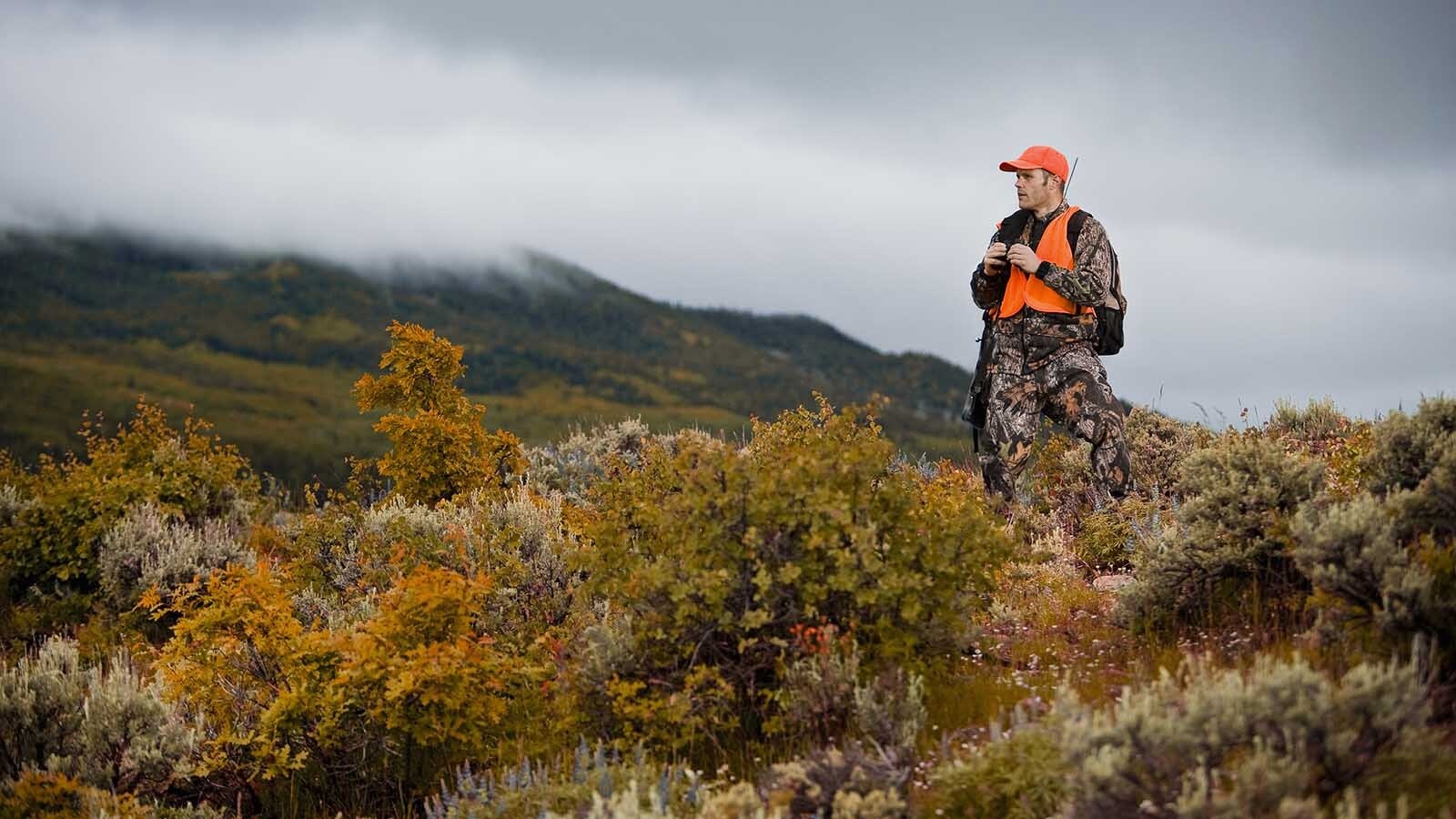Wildlife disease, particularly “blue tongue disease,” hit deer populations in parts of Wyoming hard this year, seriously diminishing hunting opportunities in the Black Hills area, a Game and Fish spokesman said.
Meanwhile, deer hunting was mediocre in some parts of the state but better in others, Doug Brimeyer, deputy chief of the Wyoming Game and Fish Department’s Wildlife Division, told Cowboy State Daily.
“If you hunted in the Wyoming Range, for instance, you had better odds,” he said. “Overall that area, we saw a lot of really successful hunts and a lot of satisfied hunters.”
However, across much of southern Wyoming and in the Black Hills, things weren’t so great for deer hunters, he said.
Many deer seasons in Wyoming wrapped up Oct. 31.
Disease Outbreak In Black Hills
A blue tongue outbreak among whitetail deer in the Black Hills region of Wyoming prompted an emergency ruling to cut doe-fawn hunting there by nearly 1,000 tags, Brimeyer said.
Blue tongue disease is the common name for epizootic hemorrhagic disease (EHD). The fatal infection doesn’t infest humans nor spread between deer. It comes from gnats that can breed in stagnant water and bite the animals, Brimeyer said. That means outbreaks usually pass after the first hard frost.
Early symptoms can include lethargy, fever and swelling in a deer’s heads, necks and tongues. Later symptoms can include a lethal buildup of fluid in the lungs.
EHD has primarily killed whitetail in Wyoming, although it is starting to appear in some populations of mule deer, Brimeyer said. Mule deer are already struggling with widespread outbreaks for chronic wasting disease (CWD).
Some Areas Better Than Others
In southern parts of Wyoming, particularly along the Utah and Colorado borders, deer hunting was likely slow this year, Brimeyer said. Drought conditions also limited the movements of herds.
Unusually warm weather kept deer from migrating to lower altitudes, where hunters might have been used to finding luck in years past, he said.
“Also in the central part of the state, from Cody and down through Lander, the warm fall conditions hurt the deer hunting,” he said.
One Good Hunt
Shawn Blajszczak of Powell is a hunter and regional director for the Mule Deer Foundation who agrees that the warm weather made things rough in some areas of the state.
“When the cold weather didn’t come in as early as usual, the deer didn’t come down out of the high country,” he said.
Even so, he said his daughter managed to drop a large four-point mule deer on a hunt near Cheyenne.
“She’s as happy as she can be,” he said.
Recent cold weather might help prime a yearly large migration of mule deer into the low country around Cody, Blajszczak said, which could help a few late-season hunting tag holders.
“That can be random luck if you happen to be in the right spot as the deer are moving through there,” he said.
Effects On Next Year Unknown
It’s still too early to determine whether or how the combined effects of disease and drought might change the 2023 deer hunting seasons, Brimeyer said.
Game and Fish will need a clear assessment of the losses to EHD and CWD before recommending any changes to the Wyoming Game and Fish Commission, which determines hunting regulations.
For general deer tags, Game and Fish adjusts the lengths of hunting seasons to regulate hunting pressure in any given area, Brimeyer said.
General tags are those that may be bought over the counter. Other tags, specific to hunt areas with set harvest quotas, must be applied and paid for in advance for drawings. Hunters who fail to draw tags have their money refunded.
Game and Fish in some hunt areas also applies “point restrictions” for bucks, he said. That means a buck must have a certain number of points on each side of its antlers before it can legally be shot by a hunter.
Those restrictions are usually temporary, Brimeyer said.
“Antler point restrictions are one thing the public has told us they would like to see removed,” he said.





